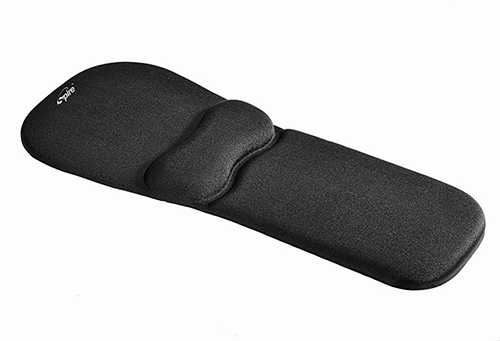The problem with trying to set up a scientific study of RSI factors is twofold. First, RSI usually takes years before onset, so it's not a good fit for most controlled trials that need results in weeks or months. Second, they can't really do tests on people where the expected outcome for some of the subjects is injury. As a result, they rely on anecdotal and self reported evidence, but then compile and configure it such that it approximates a large group study.
Based on the repetitive nature of RSI, anything that can reduce the length of motion, number of moves, or effort involved has the ability to reduce the chance of injury. As you quoted from the Colemak site, they can do simulations from standard typing loads and show less flex, less travel, etc, which equates to less of the damaging repetition. But proving that this amount of change is sufficient to prevent injury, or that it is more effective than just getting a curved or tilted ergonomic keyboard, is difficult. Unfortunately, there's also not enough money in it to justify large studies, especially when they can already show verifiable finger travel data like you quoted.
Anecdotally, I switched to Dvorak in college on the promise of increased speed, which I found to be true (went from ~50 wpm on Qwerty to ~90 wpm on Dvorak in a few months of practice). Six years later, when I was forced by a job to switch back to Qwerty for a year or so, I noticed a marked difference in the fatigue in my hands at the end of the day.




4I think this is purely opinion based and not a good fit for [su]. – Burgi – 2017-12-14T08:57:02.963
2I'm literally asking for evidence, which is not an opinion – Maarten – 2017-12-14T09:04:20.423
2@Burgi: even if such questions are rare in superuser, I think it's well written, shows research and contains a clear question, so it fits here. – Máté Juhász – 2017-12-14T09:10:47.200